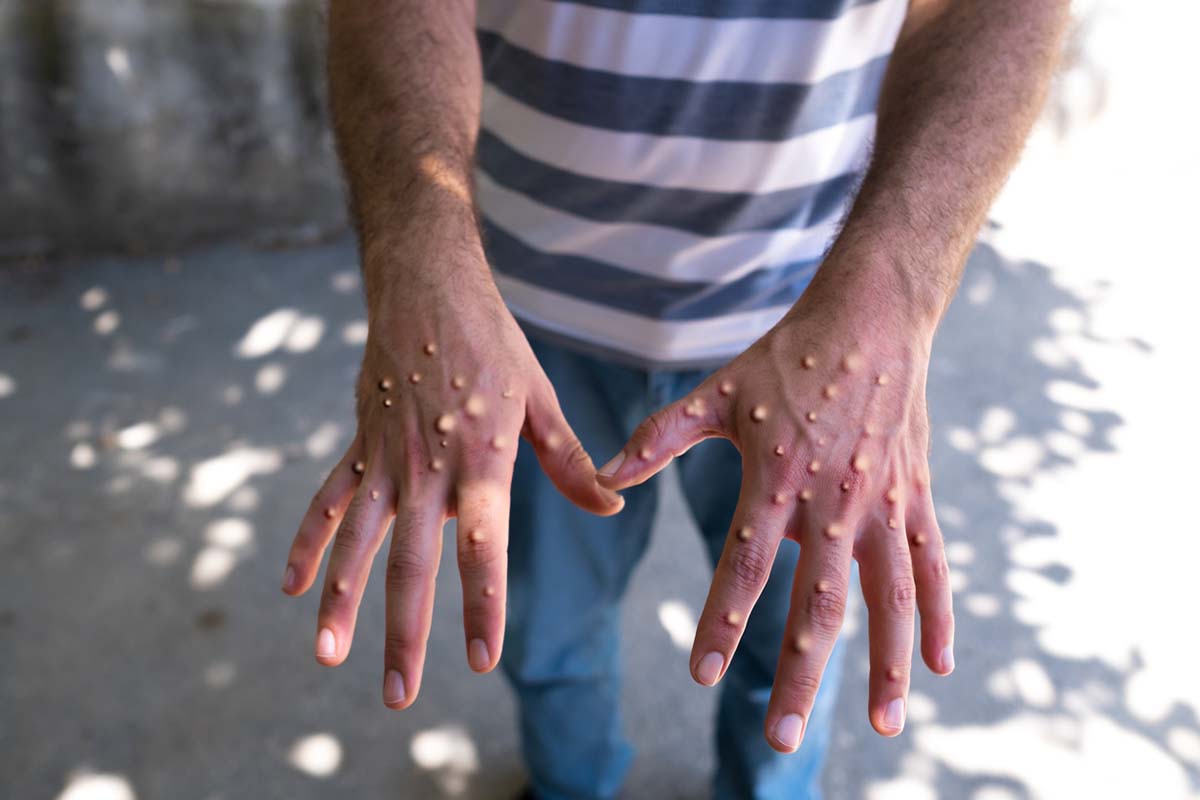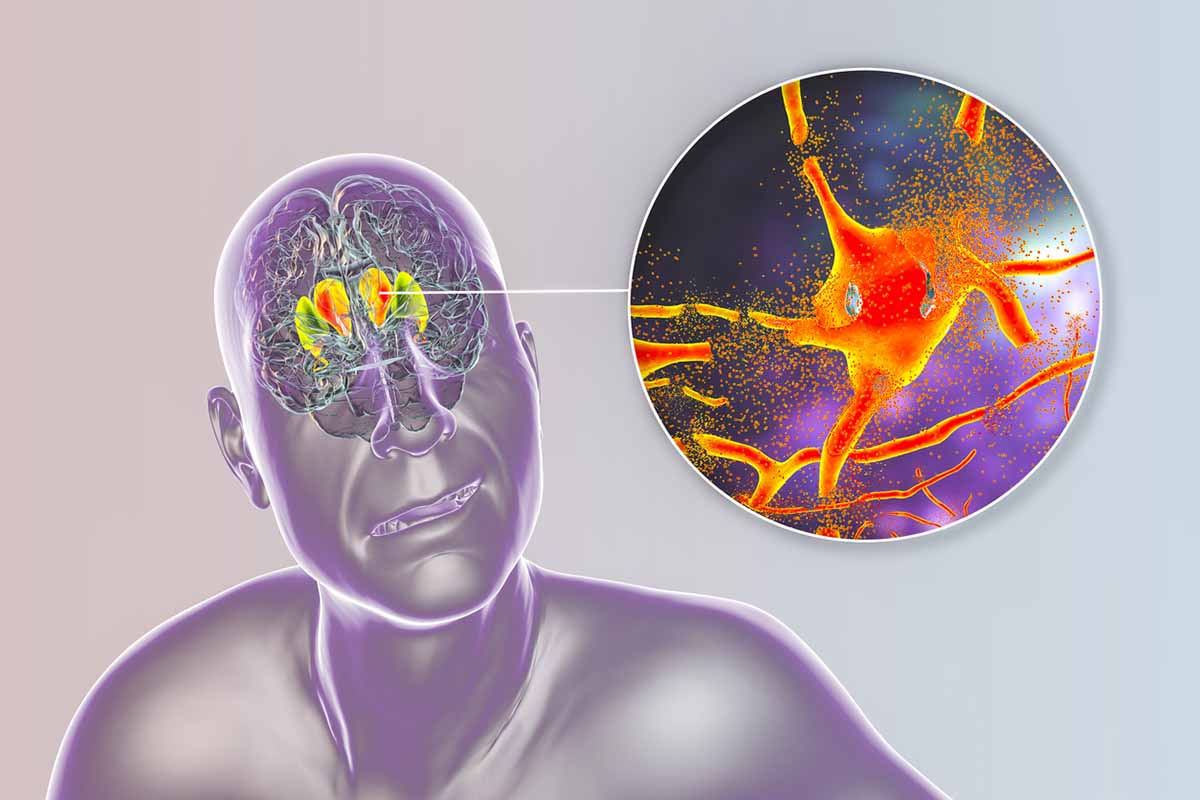Because this piece does not have an abstract, we have provided for your benefit the first 3 sentences of the full text.
To the Editor: Limbic encephalitis involves the hippocampus, amygdala, and insular cortex and causes changes in behavior and personality such as aggression and anger. Despite the reported effects of antipsychotics and benzodiazepines, some patients with limbic encephalitis may not respond to these drugs. Although antiaggressive effects of lithium and carbamazepine have been reported, there is no report showing such effects in limbic encephalitis.
The Effects of Carbamazepine and Lithium Combination on Serious Aggression and Anger Outbursts in a Case of Seronegative Limbic Encephalitis
To the Editor: Limbic encephalitis involves the hippocampus, amygdala, and insular cortex1 and causes changes in behavior and personality such as aggression and anger.2 Despite the reported effects of antipsychotics and benzodiazepines,3 some patients with limbic encephalitis may not respond to these drugs. Although antiaggressive effects of lithium and carbamazepine have been reported,4 there is no report showing such effects in limbic encephalitis.
We describe a case of limbic encephalitis in which serious aggression and anger outbursts responded to the combination of carbamazepine and lithium.
Case report. Mr A, a 22-year-old man with headache, was admitted to the neurosurgery ward after an anger outburst during which he exhibited an automatic masticatory-like movement. Mr A had no prior history of neurologic or psychiatric illness.
He was transferred to the neurology ward for further examination wherein seronegative limbic encephalitis (ICD-10 code G04.81) was diagnosed based on laboratory findings and brain imaging. Mr A was admitted to the psychiatric ward because of serious aggression and anger outbursts. He was secluded in a quiet room and received 800 mg/d of valproate, 75 mg/d of levomepromazine, and 4 mg/d of risperidone. The observable aggressive and violent behavior was assessed to be 5 points (normal range: 0) by the Overt Aggression Scale (OAS)5 and 28 points by the excitability subscale (normal range: 0-6) of the Positive and Negative Syndrome Scale (PANSS).6
Despite increases of valproate to 1,200 mg/d (96.5 μg/mL) and levomepromazine to 250 mg/d, his serious aggression and anger outbursts persisted (eg, abusing medical staff and beating himself with his fist). After 500 mg/d (7.8 μg/mL) of carbamazepine was combined, however, Mr A’s symptoms began to improve, but not sufficiently. After lithium was added and gradually increased to 1,000 mg/d (0.98 mEq/L), his serious aggression and anger outbursts subsided significantly, and he was allowed to leave the seclusion room. He began to talk and behave politely to medical staff.
Thereafter, valproate, risperidone, and levomepromazine were tapered off without exacerbation. Mr A was able to joke with medical staff with a smile. The OAS score was 0 points and the excitability subscale on the PANSS was 6 points. His parents and friends confirmed that he had completely returned to his premorbid state. Five months after admission to the psychiatric ward, he was discharged on 600 mg/d of carbamazepine (7.4 μg/mL) and 800 mg/d of lithium (0.71 mEq/L). One month after discharge, his mental state was stable and he returned to his job as an office clerk. Three months after discharge, Mr A continued to work and have a good relationship with his family and friends, but his serum carbamazepine and lithium levels were undetectable.
In this case, Mr A’s serious aggression and anger outbursts did not respond to valproate, risperidone, or levomepromazine. However, the combination of carbamazepine and lithium was clearly effective, and his behavior and personality completely returned to his premorbid state. Although Mr A’s undetectable serum carbamazepine and lithium levels 3 months after discharge were probably due to noncompliance, his mental state continued to be stable, indicating that both carbamazepine and lithium were unnecessary for long-term treatment most likely because his encephalitis remitted. These findings suggest that the combination of carbamazepine and lithium may be useful for serious aggression and anger outbursts in the acute phase of limbic encephalitis in some patients.
REFERENCES
1. T×¼z×¼n E, Dalmau J. Limbic encephalitis and variants: classification, diagnosis and treatment. Neurologist. 2007;13(5):261-271. PubMed doi:10.1097/NRL.0b013e31813e34a5
2. Kayser MS, Dalmau J. Anti-NMDA receptor encephalitis in psychiatry. Curr Psychiatry Rev. 2011;7(3):189-193. PubMed doi:10.2174/157340011797183184
3. Black DW. A view from the ground. Ann Clin Psychiatry. 2014;26(1):1. PubMed
4. Jones RM, Arlidge J, Gillham R, et al. Efficacy of mood stabilizers in the treatment of impulsive or repetitive aggression: systematic review and meta-analysis. Br J Psychiatry. 2011;198(2):93-98. PubMed doi:10.1192/bjp.bp.110.083030
5. Yudofsky SC, Silver JM, Jackson W, et al. The Overt Aggression Scale for the objective rating of verbal and physical aggression. Am J Psychiatry. 1986;143(1):35-39. PubMed doi:10.1176/ajp.143.1.35
6. Kay SR, Fiszbein A, Opler LA. The Positive and Negative Syndrome Scale (PANSS) for schizophrenia. Schizophr Bull. 1987;13(2):261-276. PubMed doi:10.1093/schbul/13.2.261
Author affiliations: Department of Neuropsychiatry (Drs Hirakawa, Terao, and Ninomiya) and Department of Neurology (Drs Amano, Aso, and Matsubara), Oita University Faculty of Medicine, Oita Prefecture, Japan.
Potential conflicts of interest: None reported.
Funding/support: None reported.
Published online: October 15, 2015.
Prim Care Companion CNS Disord 2015;17(5):doi:10.4088/PCC.15l01802
© Copyright 2015 Physicians Postgraduate Press, Inc.
Please sign in or purchase this PDF for $40.00.




